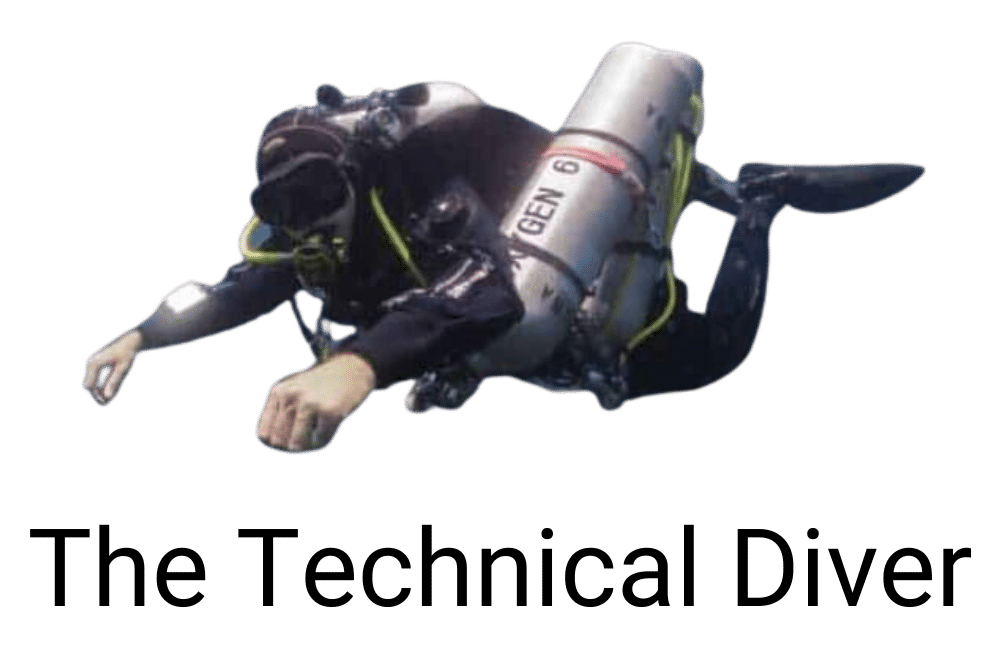Decompression diving

Decompression Diving
There are many reasons why a diver might decide to learn decompression diving. Maybe there is something to explore deeper than the recreational dive limits allow. Perhaps the challenge of learning something that requires a good level of skill appeals to you. One thing that will certainly happen is that you will become a more competent and safer diver.
The theory for decompression diving is comprehensive, yet interesting and constantly developing. Moreover, as decompression theory tries to understand and explain what’s happening to your body during a dive, it’s useful information for all divers.
Course Structure
I’m more involved in going tech diving than teaching tech diving these days. However, the course structures are outlined based on my own teaching. This will give you a better idea of what to expect when training with any instructor.
When teaching any course, the first step is to assess the student’s skill level and go through the skills and procedures learned in previous courses. Then we start getting into the dive planning, risk management and diving procedures. We cover physiology, risk management, team protocols, skills, emergency skills, and equipment.
We spend a lot of time on dive planning and gas management and practising following a dive plan and deco ascent profiles and procedures. I know it’s fashionable nowadays to strap two shearwaters on and follow what they tell you, but that doesn’t help you with gas management or understanding deco theory. As we progress through the course students are task-loaded and given problems to deal with during the dives. A lot of time is spent on ascents. Ascents are timed rather than relying on the computer ascent rate.
We do more dives than a standard course at this level- 6 dives minimum. This is to allow greater progression and to help students better retain what they learn.
Course Options
You can do deco training with TDI, Raid, SSI XR, PADI, or IANTD. The Raid Deco 50 incorporates trimix, whilst TDI’s decompression procedures use air or nitrox for backgas. TDI decompression procedures will certify you to dive to 45m (150ft). Raid certifies you to 50m (165ft).
With Raid, if you haven’t been originally taught in sidemount or a twinset, the learning curve for decompression procedures will be too steep in the time allowed. Do an entry-level course and gain experience before undertaking a deco course.
During my training courses, students learn decompression diving, regardless of which agency they choose. The laws of physics do not change depending on what a dive agency says. I teach the same procedures for all courses. The only exception to this is the use of trimix on the Raid course.
Once the decompression course has been completed, I advise you to go out and enjoy diving at that level. Build your experience before thinking of advancing further with Trimix or rebreather diving.
TDI Decompression Procedures pre-requisites
- 18 years old
- Advanced OW diver
- 25 dives
IANTD pre-requisites
- 18 years old
- Advanced EANx diver
- 100 logged dives
- 30 dives deeper than 27m (89ft)
Raid Deco 50 pre-requisites
- 18 years old
- Deco 40 diver or equivalent, rescue diver, O2 provider, deep diver, nitrox diver
- logged 50 hours underwater or 75 dives using open circuit
- logged at least 5 hours between 27-40m (89-130ft)
